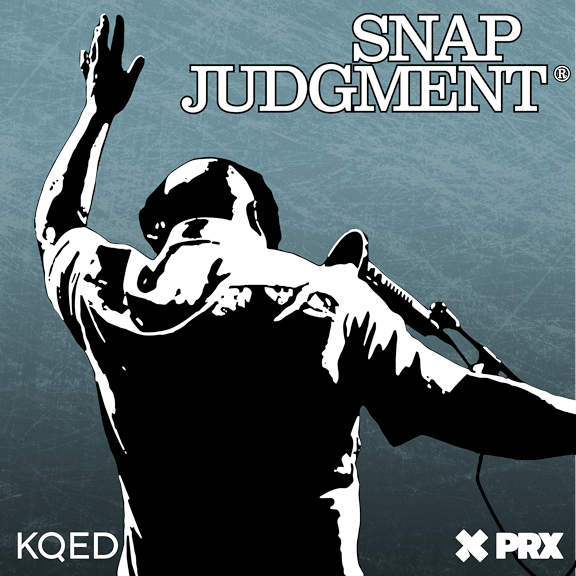
ASU Art Museum Director Miki Garcia On Art's Power to Address Inherited Notions About Mass Incarceration, the Undoing Time Exhibition, and Justice As Public Love
Cover photo of Miki Garcia by Alonso Parra.
Please visit the website for Undoing Time: Art and Histories of Incarceration at ASU's Art Museum and at Berkeley Art Museum to learn more.
1:30 ASU Art Museum’s mission as a learning institution that centers art and artists in the service of social good and community well-being
2:40 inspiration for Undoing Time: Art and Histories of Incarceration exhibition as a cultural mark in time for ASU Art Museum
6:40 effort to address all dimensions of an exhibition on mass incarceration and its impact on viewers
8:00 Art for Justice Fund’s involvement in exhibition
9:05 prior exhibition with artist Gregory Sale who worked with incarcerated populations
9:15 Contemporary Art Museum Houston and Nicole Fleetwood’s work with the Walls Turned Sideways: Artists Confront the Justice System exhibition
10:20 Undoing Time’s focus began with a survey of how incarceration has been portrayed through images from the 18th Century Code of Hammurabi forward
11:30 12 artists invited to create commissions for Undoing Time, including Mario Ybarra, Jr. who created a pizza parlor vignette that dealt with Ybarra’s childhood friend Richard who later was incarcerated on a murder charge
13:20 rehabilitation was shown in Ybarra’s work that’s not shown in historical images of incarceration
13:55 Stephanie Syjuco’s commission abstracted images of black and brown incarcerated population
15:10 Juan Brenner’s commission about the Guatemalan Highlands and how the U.S. West Coast prison system gang culture was exported to Central America
16:10 destruction of Guatemalan Highlands’ residence due to erection of prison that houses Mara Salvatrucha gang
17:25 architecture of prisons, e.g, the panopticon, the fortress
18:00 Indigenous artists Raven Chacon and Cannupa Hanska Luger
19:15 Luger’s commission focus on the relationship of land to mass incarceration
19:25 Mass Liberation Arizona’s mission of people over property
21:00 Theater maker and Playwright Michael Rohd choreographed going through the exhibition
22:55 Raven Chacon’s musical composition about a juvenile detention center
24:10 Rohd’s positing of questions and cards for viewer feedback
26:45 Art for Justice Fund to ASU poet Natalie Diaz and the Center for Imagination in the Borderlands
30:00 undergoing critique of the purpose and operation of museums
33:30 museums are civic institutions of dialogue, engagement and storytelling and should be responsible to the communities they serve
35:30 art’s power to challenge inherited narratives about incarceration
37:15 how she sees her legacy to eliminate as many boundaries as possible and uphold all kinds of art forms and include more voices and to open up what a museum can be and who it’s actually for
39:20 evolution of her definition of justice
40:45 justice has to be fought for
40:55 justice as pu
Please share your comments and/or questions at stephanie@warfareofartandlaw.com
To hear more episodes, please visit Warfare of Art and Law podcast's website.
Music by Toulme.
To view rewards for supporting the podcast, please visit Warfare's Patreon page.
To leave questions or comments about this or other episodes of the podcast and/or for information about joining the 2ND Saturday discussion on art, culture and justice, please message me at stephanie@warfareofartandlaw.com.
Thanks so much for listening!
© Stephanie Drawdy [2024]




















